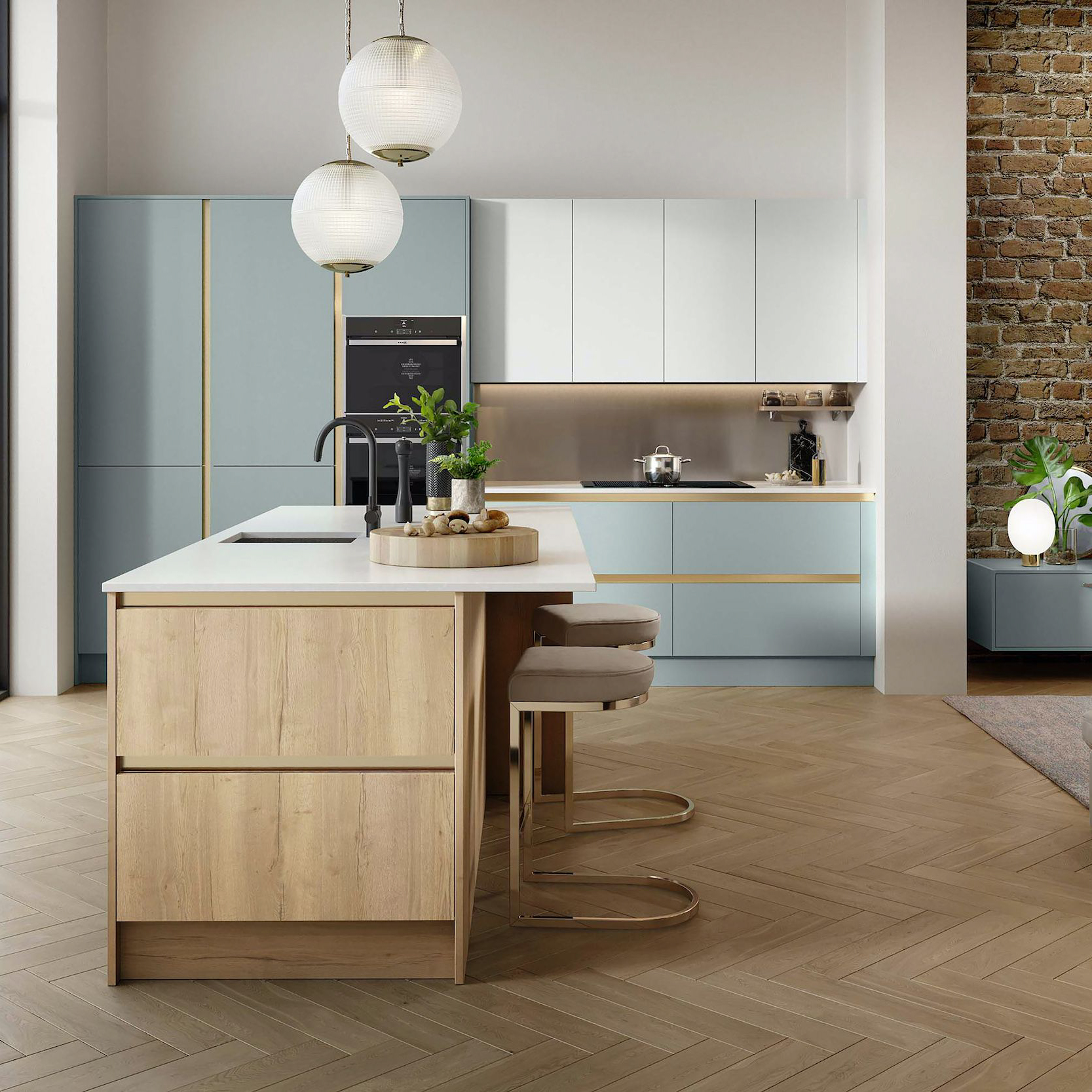The Genius Behind Starck Design
When one thinks of Philippe Starck, a brilliant and versatile designer, with a portfolio ranging from furniture to architecture, comes to mind. Starck was born in Paris, France, in 1949, and grew up in an environment where creativity was highly valued. He started his career as a designer in the 1970s, and his unique approach to design made him one of the most sought-after designers in the world.
Starck’s Design Philosophy
Starck considers design as a tool for improving people’s lives. He firmly believes that design should be accessible to everyone and should evoke emotions. His design philosophy is based on the principle of less is more, where simplicity and minimalism are used to convey a message or an idea. Starck’s designs are a reflection of his philosophy, combining functionality and aesthetics in a way that is both innovative and timeless.
Starck’s Most Iconic Designs
Starck has created numerous iconic designs over the years, encompassing a wide range of categories. Some of his most notable works include:
Juicy Salif Citrus Juicer
The Juicy Salif, designed in 1990, is perhaps one of Starck’s most recognisable designs. Its distinctive shape, resembling a spider, is both functional and aesthetically appealing. The juicer was created to be both practical and beautiful, and it has since become a classic design piece.
Ghost Chair
The Ghost Chair, created in 2002, is a clear polycarbonate chair designed for Kartell, an Italian furniture company. The chair’s transparency creates a sense of lightness and adds a modern touch to any space it occupies. It is a prime example of Starck’s philosophy of less is more.
Hudson Hotel in New York City
The Hudson Hotel, located in Manhattan’s Columbus Circle, is a testament to Starck’s versatility as a designer. He was tasked with transforming a 1903 Beaux-Arts building into a modern, sleek, and unconventional hotel. His design incorporated elements from nature and added a sense of whimsy to the space.
Challenges Faced by Starck Design
Design, like any other industry, faces numerous challenges, and Starck’s designs are not exempt from these challenges. One of the main challenges is creating designs that are both functional and timeless. In an age where technology and innovation drive design trends, it’s challenging to create designs that will last.
Another challenge is the cost of producing Starck’s designs. His designs are often made using expensive materials, making them accessible only to a select few. This makes it difficult to achieve his goal of making design more accessible to everyone.
The Future of Starck Design
While it may be challenging to predict the future of design, one thing is for sure, Starck will continue to be a significant player in the industry. His unique approach to design has earned him a place among the greats, and his designs will continue to inspire future designers.
It’s likely that Starck will continue to push the boundaries of design, exploring new materials, technology, and techniques to create designs that are both functional and beautiful.

